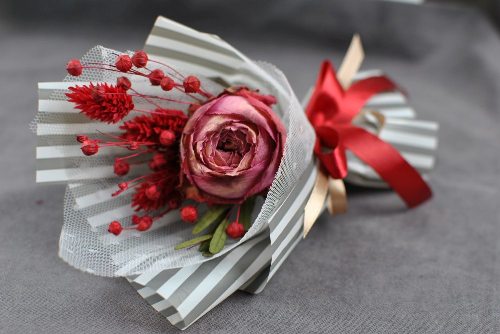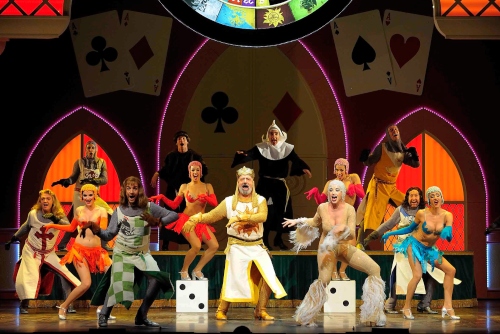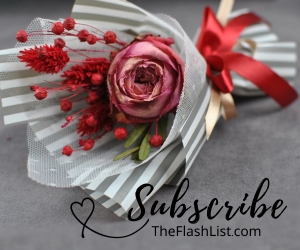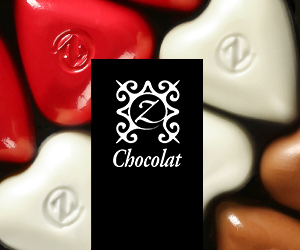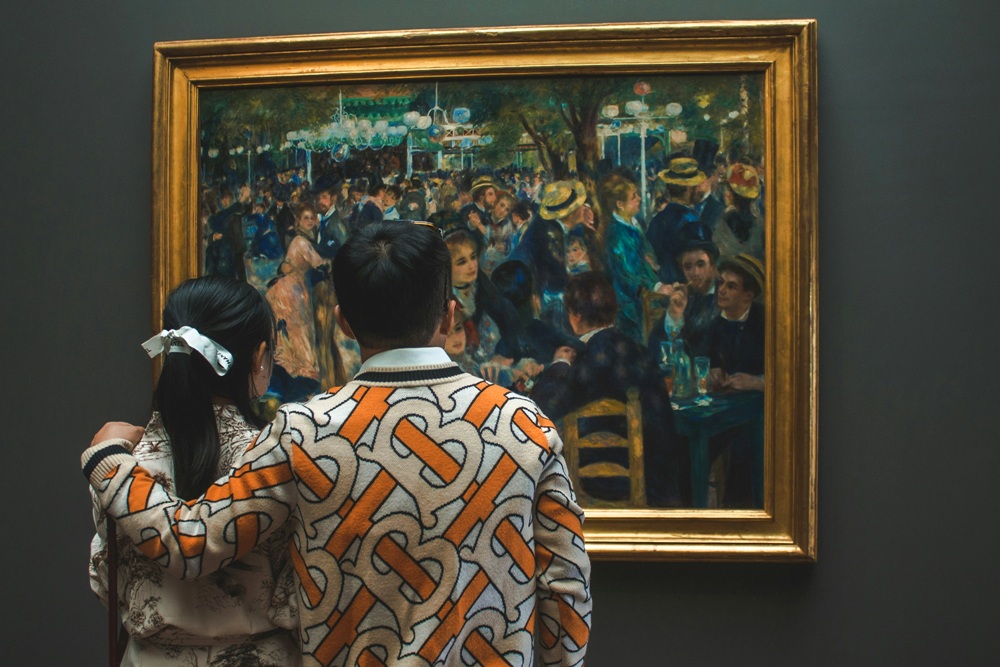
Art is a universal language that transcends culture, time, and medium. Whether strolling through a museum, browsing a gallery, or admiring a painting in a friend's home, learning how to view, appreciate, and discuss fine art can transform your experience. Perhaps you've wandered through an exhibit and thought, I could've done that!
Or maybe you've stood before a canvas, wondering what the artist was thinking. Whether or not you uncover those intentions, these considerations can help guide your own reflections as you explore the elements and principles of art and design, along with the defining characteristics of major art periods.
The Elements of Art and Design
The elements of art and design are the visual building blocks used by artists to shape their creations. These include line, color, texture, shape, form, space, and value. Understanding them allows viewers to interpret and appreciate art on a deeper, more intuitive level.
Line
Are the lines clearly defined, or are they suggested where colors or edges meet? Do they create motion or stillness, directing your gaze toward a focal point? Lines are the most basic element of art, yet they hold immense expressive power. They can be straight or curved, delicate or bold, controlled or free-flowing. Lines define shapes, convey emotion, and establish rhythm, guiding the viewer's experience through movement, tension, or calm.
Color
Do the colors feel warm or cool? Do they evoke serenity, tension, comfort, or vitality? Color profoundly affects mood and emotion. Artists use it to suggest depth, draw attention, and convey atmosphere. Warm colors such as reds, oranges, and yellows project energy and warmth, while cool hues like blues, greens, and purples evoke calm or melancholy. Consider how the artist's color choices influence your emotional response and perception of the piece.
Texture
Does the surface appear rough or smooth, soft or coarse? Is the texture something you could feel, or is it purely visual? Texture refers to the surface quality of an artwork, either tactile or implied. Real texture involves the actual feel of the surface, while implied texture uses visual cues to suggest sensation. Texture enriches a composition, adding dimension and vitality. Rough textures can create tension or ruggedness, while smooth surfaces evoke calm and refinement.
Shape
Do you notice geometric shapes like triangles and rectangles, or organic shapes that flow naturally? Shapes define two-dimensional space and influence the artwork's structure and balance. They can appear harmonious and orderly or dynamic and fragmented. By observing how shapes interact, you gain insight into the artist's approach to composition and design.
Form
What three-dimensional aspects stand out? How do they shift as you view the piece from different angles? Form introduces volume, weight, and presence. It can be realistic, emphasizing lifelike accuracy, or abstract, reducing objects to pure structure. Forms create visual balance and depth, helping transform a flat surface into something that feels tangible and alive.
Space
How does the artist create a sense of depth or perspective? Which elements appear closer or farther away? Space is the area within and around objects, both positive and negative. Artists manipulate space to create focus, atmosphere, and illusion. The arrangement of elements within space can feel open and expansive or dense and intimate, shaping how viewers move through the visual field.
Value
Are the tones light or dark, intense or subdued? Value—the lightness or darkness of color—defines form, contrast, and mood. High contrast adds drama and intensity; low contrast creates softness and subtlety. The use of light and shadow gives a work its dimension, directing the eye and heightening emotional resonance.
The Principles of Art and Design
The principles of art and design guide how artists organize visual elements to achieve balance, emphasis, and harmony. These principles—balance, contrast, emphasis, movement, pattern, rhythm, proportion, variety, and unity—create structure, rhythm, and flow within a composition.
Emphasis
What immediately captures your attention? How does the artist guide your eye toward a focal point? Emphasis highlights the most important elements of a composition through contrast, placement, and color. By identifying emphasis, you uncover the artist's intended message or emotional center.
Balance
Does the artwork feel evenly weighted, or is one side visually heavier? Balance distributes visual energy within a composition. It can be symmetrical for harmony, asymmetrical for interest, or radial for unity around a center. A well-balanced piece feels stable and satisfying, while an unbalanced one can evoke energy or tension.
Harmony
Do the elements feel cohesive, or do they clash? Harmony unifies a composition by connecting related shapes, colors, and textures. It gives the work a sense of completeness and flow, allowing the viewer's eye to move comfortably through the scene.
Variety
What differences make the piece interesting? Variety adds visual intrigue through contrast—whether in color, shape, texture, or technique. Without variety, a composition may feel flat or repetitive; with it, the artwork becomes dynamic and engaging.
Movement
Do your eyes follow a path through the composition? Movement directs how the viewer visually travels across a piece, often created by lines, patterns, or contrasting elements. It can feel gentle or intense, deliberate or spontaneous, but always gives life to the work.
Rhythm
Do you notice repetition or a visual beat? Rhythm results from repeating elements in a way that suggests flow. It creates a pulse that keeps the viewer's eye engaged, establishing unity and a sense of visual music within the piece.
Proportion
How do the sizes of the elements relate to one another? Proportion shapes harmony and believability within a work. It can be realistic or intentionally exaggerated to emphasize meaning, scale, or emotion.
Unity
Do all the parts come together cohesively? Unity represents the synthesis of all design elements and principles. When achieved, the artwork feels complete, balanced, and emotionally satisfying, drawing the viewer into a cohesive visual experience.
Characteristics of Main Art Periods
Recognizing the traits of different art periods enriches your understanding of how styles evolved through history. Each era reflects its cultural values, beliefs, and innovations, offering insight into how humans have expressed meaning through art.
Antiquities (Before 500 BC)
Look for: functional objects with decorative designs that resemble archaeological finds.
Art from antiquity, including Egyptian, Mesopotamian, and early Greek works, centers on religious, mythological, and ceremonial themes. Symbolism, rigid proportions, and stylized figures dominate. These pieces reveal the early human impulse to record, worship, and commemorate.
Classical (500 BC to 500 AD)
Look for: marble or bronze statues of idealized human figures, often partially damaged yet graceful in form.
Classical art, defined by Greek and Roman traditions, celebrates proportion, harmony, and the beauty of the human body. Sculptures display anatomical precision, balance, and realism, while architecture embodies order and symmetry. This pursuit of perfection profoundly shaped Western art for centuries.
Medieval (500 to 1500)
Look for: religious imagery with gold backgrounds, flat figures, and intricate ornamentation.
Medieval art reflects deep spirituality, primarily through Christian iconography. From illuminated manuscripts to Gothic cathedrals, works emphasized symbolism over realism. Hierarchical proportions and vivid colors conveyed divine importance rather than naturalism.
Renaissance (1400 to 1520)
Look for: realistic perspective, balanced composition, and emotionally expressive human figures.
The Renaissance revived classical ideals with a renewed focus on humanism, proportion, and scientific perspective. Masters such as Leonardo da Vinci and Michelangelo used light, anatomy, and geometry to bring art closer to life, blending intellect and beauty in equal measure.
Baroque (1600 to 1725)
Look for: theatrical lighting, rich textures, and powerful emotional storytelling.
Baroque art dazzles with intensity and movement. Artists like Caravaggio and Rubens used dramatic contrasts of light and shadow to create scenes filled with energy, grandeur, and emotional impact. Architecture and sculpture of the period radiate opulence and motion.
Neoclassical (1700 to 1800)
Look for: symmetry, restraint, and subjects drawn from classical antiquity.
Neoclassicism revived ancient ideals of simplicity and moral virtue in reaction to Baroque excess. Artists emphasized clarity, order, and heroism, producing works that reflected Enlightenment values of reason and integrity.
Realism (1800 to 1880)
Look for: scenes of ordinary life painted with natural detail and honesty.
Realist artists rejected idealism, portraying the world as it was—gritty, honest, and human. Their focus on working-class subjects and everyday scenes signaled a shift toward modern sensibilities and set the stage for future movements.
Modern Art (1800 to present)
Look for: experimentation, abstraction, and a focus on personal expression.
Modern art spans a multitude of movements—Impressionism, Cubism, Abstract Expressionism, and more—each breaking from tradition to redefine creativity. Innovation, emotion, and individuality became its hallmarks, mirroring the rapid changes of the modern age.
Impressionism (1870 to 1900)
Look for: visible brushstrokes, vibrant colors, and depictions of light-filled everyday moments.
Impressionist artists like Monet and Renoir captured fleeting moments and shifting light using small, expressive strokes and vivid palettes. Their spontaneous approach celebrated movement and atmosphere, transforming the perception of realism.
Post-Impressionism (1880 to 1920)
Look for: thicker brushwork, intensified color, and emotional symbolism.
Building on Impressionism, artists such as Van Gogh and Cézanne infused their works with structure, emotion, and psychological depth. Their exploration of color and form paved the way for abstraction and modernist experimentation.
Cubism (1900 to 1920)
Look for: fragmented forms and multiple viewpoints within the same image.
Developed by Picasso and Braque, Cubism deconstructed subjects into geometric components, portraying multiple perspectives at once. Its analytical precision and abstraction forever changed visual language.
Abstract (1912 to present)
Look for: pure color, shape, and emotion without recognizable subjects.
Abstract artists like Kandinsky and Pollock moved beyond representation to focus on rhythm, color, and gesture. Their works invite viewers to interpret freely, emphasizing feeling over form.
Surrealism (1920 to present)
Look for: dreamlike imagery and unexpected juxtapositions that defy logic.
Surrealism delves into the unconscious mind, blending reality and fantasy. Dalí and Magritte used illusion and symbolism to explore dreams, memory, and desire, creating haunting, imaginative worlds that challenge perception.
Exploring fine art is both an intellectual and emotional journey. By understanding the elements, principles, and historical contexts that shape it, you can engage with artworks in a more meaningful way. From the ritual symbolism of ancient civilizations to the daring abstraction of the modern era, each piece tells a story of human thought and creativity—an enduring dialogue between artist and viewer that transcends time.
MORE ON THE FLASH LIST


